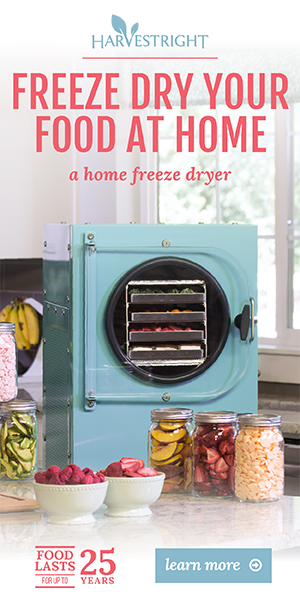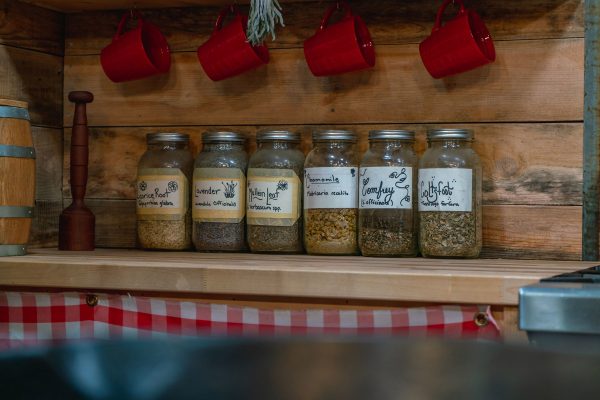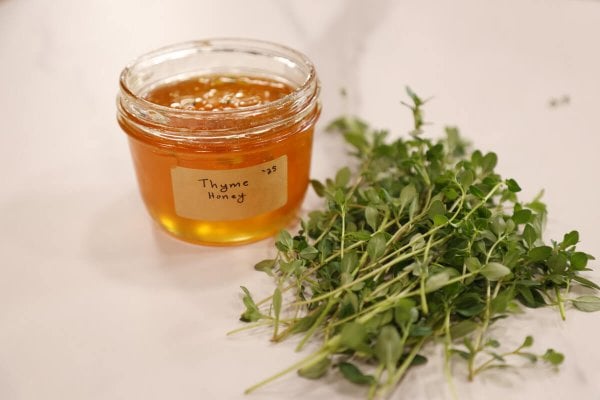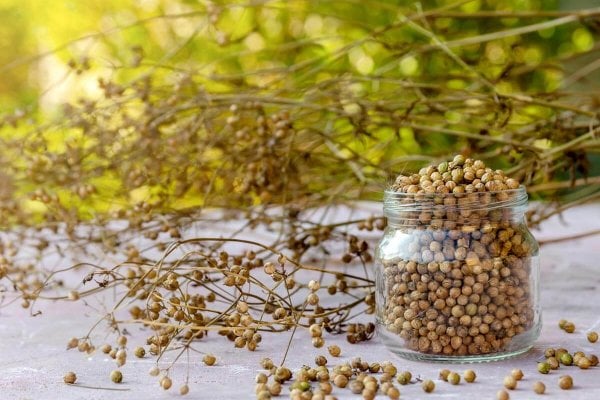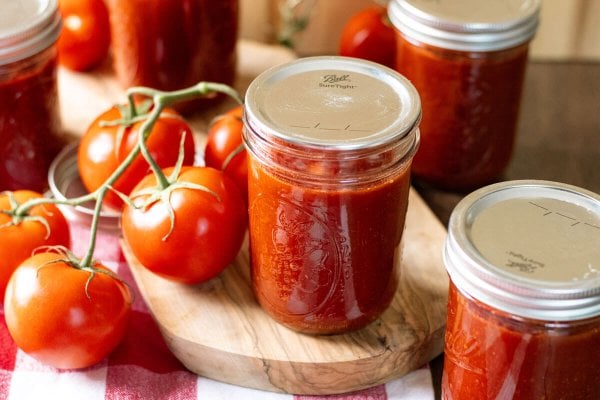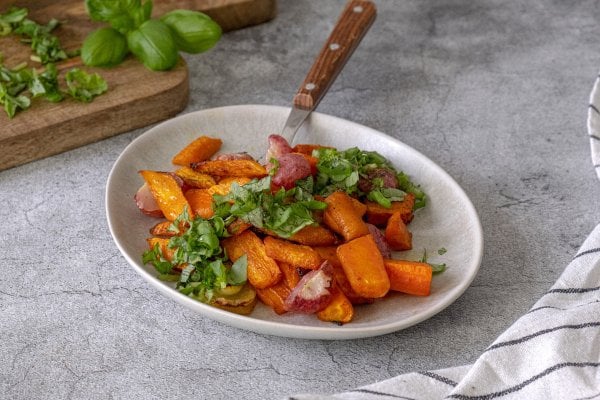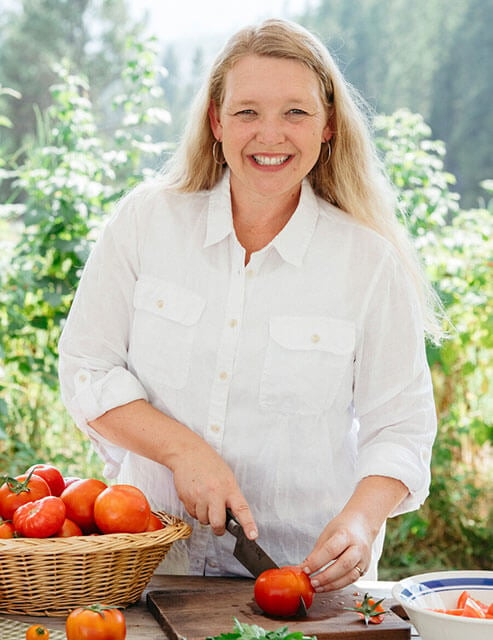Freeze dried vs. dehydrated foods… what exactly is the difference between these two preservation methods? I took five different foods and I both freeze dried and dehydrated them so that we could look at the differences.

If you’re considering getting either a dehydrator or a freeze dryer, it’s good to have the basic knowledge of what each preservation tool can do before jumping in with both feet and making the purchase.
We’ve discussed our favorite preservation tools if you’re on a budget in this post, as well as a deep dive into dehydration as a preservation method in this post. Needless to say, the freeze dryer didn’t make the cut for budget-friendly preservation tools. But we have been very pleased with the speed of preservation and the high-quality food it gives us.
You can see me make freeze dried chicken pot pie, freeze dried corn, freeze dried potatoes, freeze dried strawberries, even freeze dried eggs, and freeze dried milk!
We’ll always use our dehydrator, and it has benefits the freezevdryer doesn’t offer.
Watch the video as I both freezevdry and dehydrate five different foods to compare their differences. I’m taking sliced apples, sliced bread, herbs, fruit smoothie, and raw shaved meat slices to see how each food turns out, what the differences are, and which we prefer.

What Is Dehydrating?
When you dehydrate you use warm blowing air to remove between 70-90% of the moisture out of the food. This means, without that moisture, that you’re not going to get bacteria build-up or mold and the food will be shelf-stable.
Usually, dehydrated foods can store on your shelf pretty well for about a year (depending on how much moisture you’ve pulled out of them). Although, there are some foods you should not dehydrate.
Dehydrating uses a dehydrator, a warm sunny day, or even a low temperature on your oven, so it’s really easy to get started with.
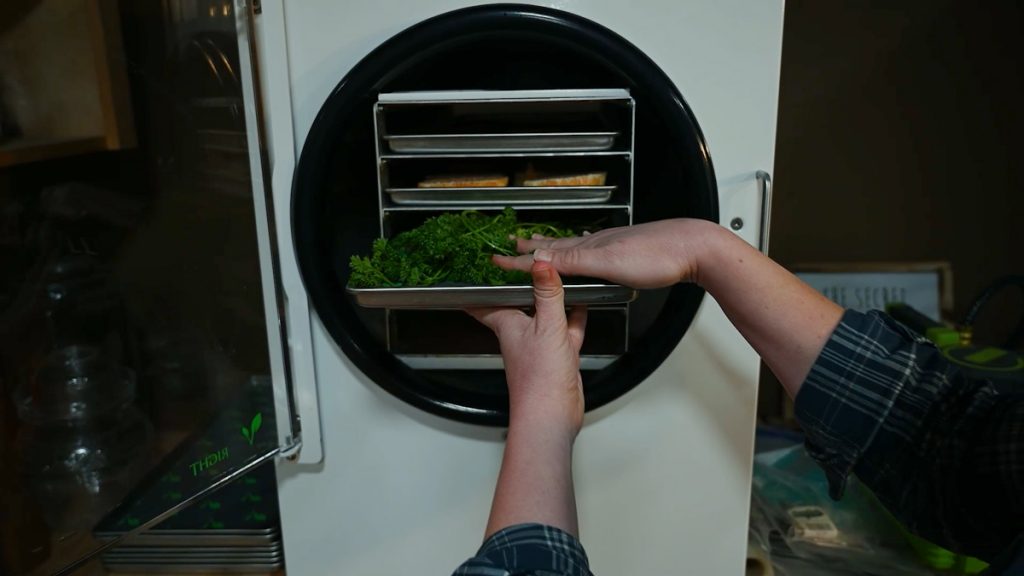
What Is FreezevDrying?
Freezevdrying is a bit different than dehydrating. Instead of using heat, freezevdrying uses extremely cold temperatures (like -40 F) and then forms a vacuum around the food and alternately heats and cools the food to remove 99% of the moisture out of the food.
This allows that food to retain incredible nutrient density and to last up to 25 years sitting on your shelf. Just like dehydrating, there are a few foods that cannot be freezevdried.
The downside to freezevdrying is that you must have a freezevdrying unit. The home models of these can be cost-prohibitive, but we’ve found the value to be well worth it. (Check out our Harvest Right Freeze Dryer 1 year review and the Cost of Running a Freeze Dryer.)
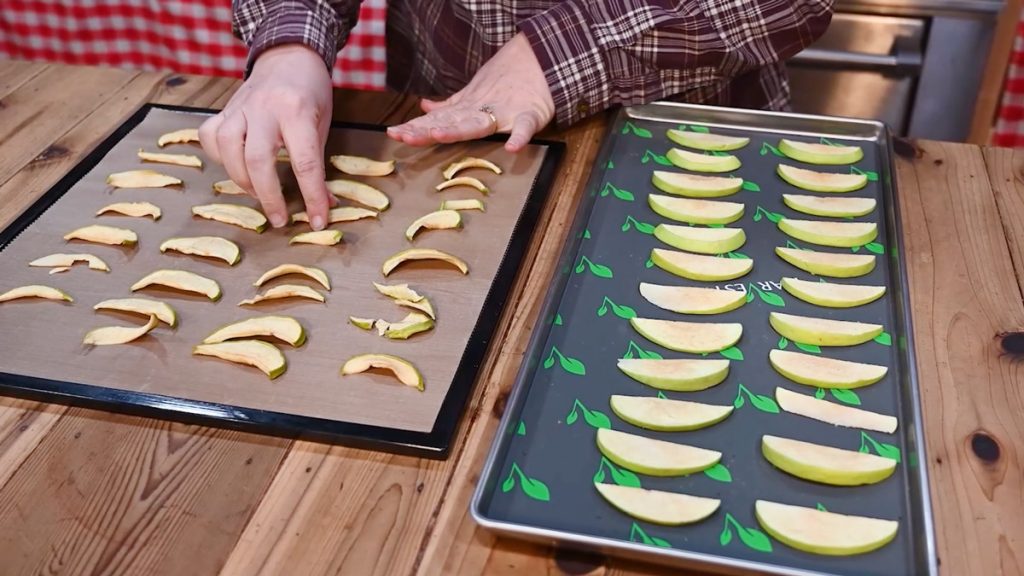
FreezevDrying Vs. Dehydrated Foods
We took five different foods and both freezevdried and dehydrated them to compare the differences.
Apples
Our dehydrated apple slices are on the crispy and leathery side. They turn a bit brown and are quite thin once completely dehydrated where they’re ready for storage.
The freezevdried apples retain their shape and size, but they’re very crispy and have almost a styrofoam texture. Now that doesn’t sound appetizing, but when you rehydrate them, they’ll be very similar to a fresh apple slice.
A rehydrated apple (from dehydration) will never be similar to a fresh apple (but it is delicious and can make amazing baked goods). Both freezevdried and dehydrated apples are delicious and will store on the pantry shelf. However, the freezevdried option will store for about 24 years longer.
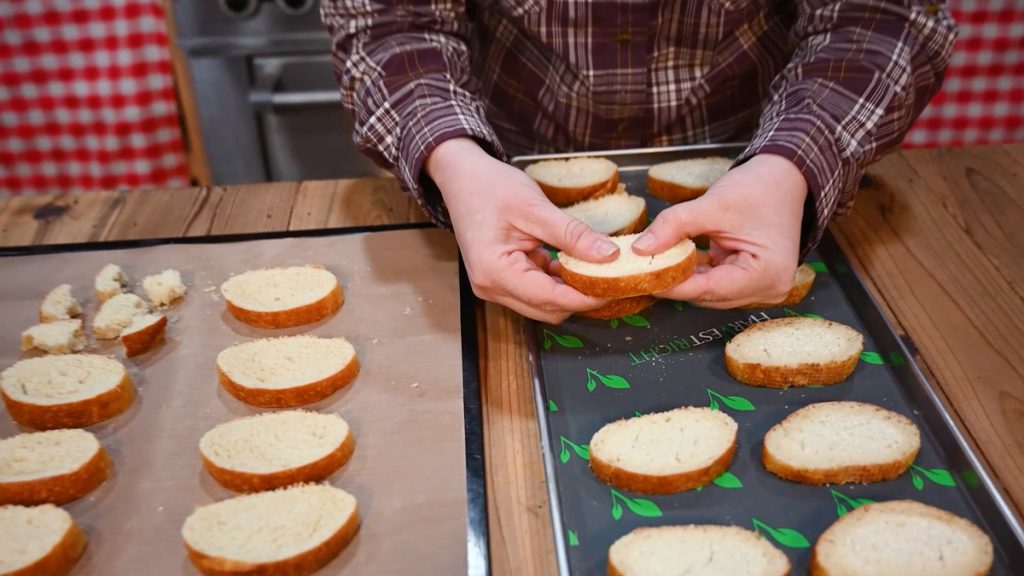
Bread
You might be asking why anyone would freeze dry or dehydrate bread in the first place, but this is actually a great way to make breadcrumbs or croutons.
Dehydrated bread is very crumbly and works well for those aforementioned items. But, believe it or not, the freeze dried bread actually got even crunchier than the dehydrated bread.
You could crumble and toss either of these bread items into a skillet with some butter and seasonings and top a casserole, or mix into meatloaf, etc.
With this food, I can’t choose one method over the other in terms of preference. They will both work well for dried bread products, and neither will rehydrate and be like a fresh slice of bread.

Herbs
For our herbs, we dehydrated and freeze dried some parsley grown in the garden. You can tell right off the bat that the freeze dried parsley retained its bright green vibrant color whereas the dehydrated parsley is dull in color and has withered down in size.
Again, the benefit of the freeze dryer is that it almost instantly freezes your food which means it retains its texture and nutrition.
Dehydrating herbs change their flavor. So when it comes to flavorful herbs such as basil, mint, rosemary, etc., freeze drying them has become my preferred method.
There is one caveat to freeze drying herbs. Because freeze dried food tends to suck in moisture from the environment, it’s best to store the herbs in an airtight bottle with an oxygen absorber.
If you don’t store them correctly, they might actually absorb enough moisture that they begin to mold. To avoid this, I like to store my herbs in an airtight container and only take out what’s needed for about a week’s worth of cooking.

Smoothie
The smoothie is very different for the freeze dried vs. dehydrated results. The dehydrated smoothie turned into fruit leather. We love fruit leather, in fact, here’s our favorite method for making soft and chewy fruit leather at home.
The freeze dried smoothie is crumbly and has the ability to be turned back into a fruit smoothie by simply adding water.
We love this because we can make fruit smoothies when all our fruit is in season, freeze dry the mix and then have fresh fruit smoothies in the middle of winter!
We will continue to both freeze dry AND dehydrate smoothies because we love both methods.

Shaved Beef
Meat is probably the food that has the most different outcome when comparing freeze dried to dehydrated.
Dehydrating meat turns it into jerky. The high temperatures actually cook the meat and turn it into a delicious leathery snack.
Freeze drying meat keeps your meat completely raw, and when rehydrated, actually turns it back into that fresh, thinly sliced piece of meat that you started with. It’s actually quite incredible!
There are a lot of other foods that freeze dryers and dehydrators do differently. A dehydrator can proof your bread, incubate your yogurt, etc. But a freeze dryer can preserve foods that your dehydrator can’t such as milk, eggs, and cheese.

Becoming a Freeze Drying Master
Now that you understand the critical differences between freeze drying and dehydrating, are you ready to become a freeze drying master?
In my book Freeze Drying the Harvest: Preserving Food the Modern Way, I’ve included specific, detailed guidance on how to freeze dry all your foods properly.
I’ve covered all the things I wish I knew when I first started freeze drying, like…
- Why you should be freeze drying
- How to choose the right freeze dryer
- How to set up your freeze dryer
- How much it actually costs to run a freeze dryer
- How to maintain your freeze dryer
- What other equipment you really need (or don’t)
- Which foods you can freeze dry
- Which foods you cannot freeze dry
- Food safety with freeze drying
- How to rehydrate your freeze dried foods
If learning is easier for when you have video visuals to guide you through the process step-by-step, then my Freeze Drying Masterclass has got you covered.
These resources can be purchased separately or as companions, so whether you choose the book or the masterclass, you will receive all the information I wished I had when I first began my freeze drying journey.









